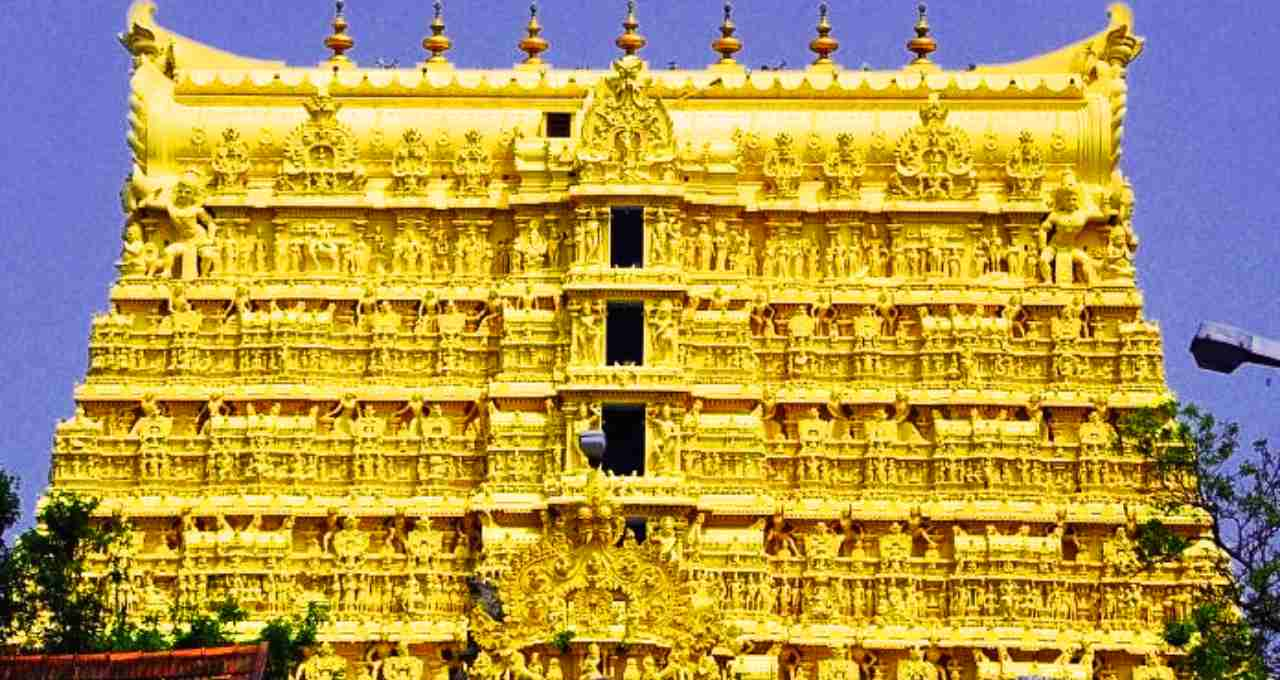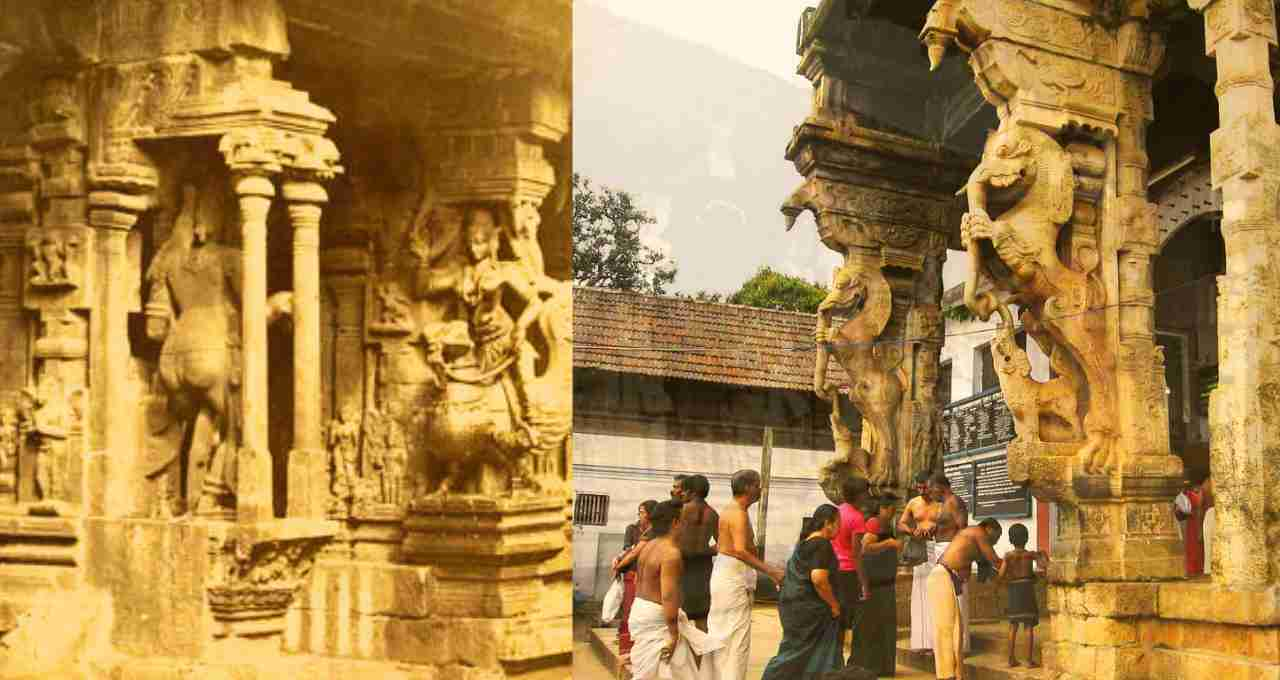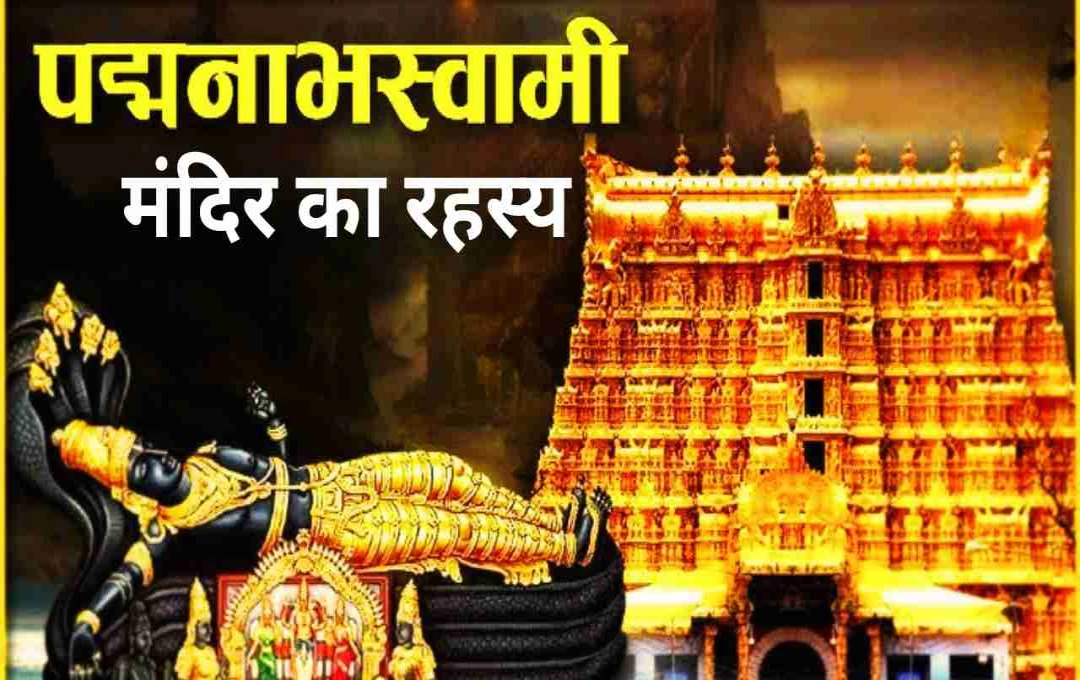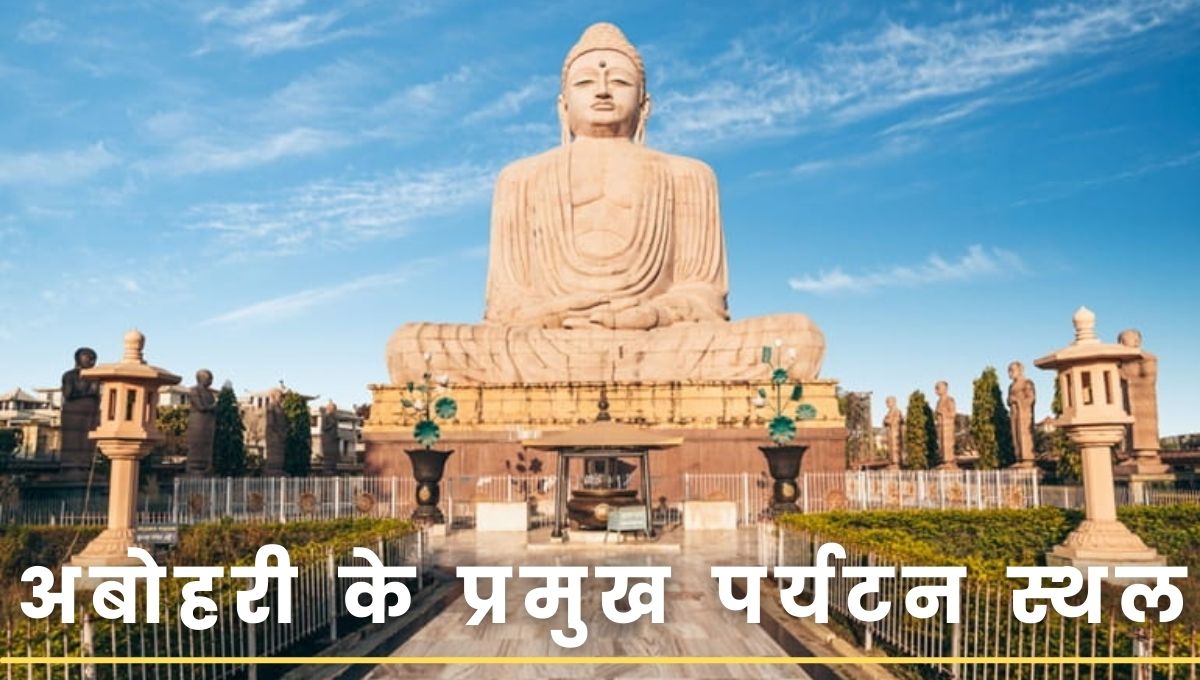The Padmanabhaswamy Temple, dedicated to Lord Padmanabhaswamy (an avatar of Lord Vishnu), is renowned for its grandeur and its enigmatic treasure. Located in Thiruvananthapuram, Kerala, this temple is a significant part of Indian religion, culture, and history. Padmanabhaswamy means "one who has a lotus in his navel," representing a unique form of Lord Vishnu. The temple houses a colossal statue of Lord Vishnu reclining on the serpent Ananta Shesha.
Padmanabhaswamy Temple and its Treasure
In 2011, following a Supreme Court order, the investigation of the Padmanabhaswamy Temple's cellars shocked the world. The investigation unearthed valuables worth over ₹1 trillion (100 billion USD), including gold and precious metal statues, thrones, and other priceless artifacts. The temple's six cellars – A, B, C, D, E, and F – were brimming with treasures. These included countless statues and precious items made of gold, silver, and other precious metals, their value running into billions.
However, a complete investigation of these cellars wasn't possible, and some remained unopened. This led to numerous unanswered questions about the treasure's secrets, which continue to fuel speculation. The temple's treasure is not only religiously significant but also holds immense historical and cultural importance.
Padmanabhaswamy Temple's Mystery: Mythological Beliefs
Several ancient legends and beliefs associated with the Padmanabhaswamy Temple contribute to its mystique. A prominent belief is that the temple's treasure is protected by serpents and supernatural deities. It is said that anyone attempting to open these cellars faces dire consequences. History records several instances where individuals failed to open the treasure and subsequently faced hardship.

This belief is deeply rooted and continues to be held with reverence and faith. According to this belief, there is no ordinary way to open the treasure; it requires specific faith and knowledge. This is why the mystery remains intact, holding a deep-seated faith amongst the people.
Another significant belief is that opening the temple's treasure requires a specific priest authorized to open these doors through the Garuda Mantra. This mantra is known only to priests possessing complete knowledge of this secret, and its recitation is believed to be the key to unlocking the cellars.
Padmanabhaswamy Temple's Historical and Cultural Significance
The Padmanabhaswamy Temple's history is linked to the 8th century, making it one of India's oldest and most important religious sites. Its architecture is a stunning blend of Kerala and Dravidian styles, a testament to the diversity of Indian architecture. The temple's form and structure continue to attract visitors, representing a major cultural heritage of regional and national importance.
In the 18th century, Marthanda Varma, the Maharaja of Travancore, oversaw the temple's renovation. During his reign, numerous structures within and around the temple were built and renovated, enhancing its magnificence. This renovation gave the temple a new form, which remains a focal point for devotees and tourists.

The 18-foot-tall statue of Lord Vishnu within the temple is unique. Crafted from 12,008 Shaligrams, stones brought from the Gandaki River in Nepal, it depicts Vishnu reclining on Ananta Shesha. Notably, the statue is visible from several temple entrances, adding to its enigmatic allure.
Padmanabhaswamy Temple: A Unique Experience
The Padmanabhaswamy Temple is not merely a religious site but a significant symbol of Indian culture and history. The colossal statue of Lord Vishnu instills faith and serenity in devotees. Its architecture, particularly the blend of Kerala and Dravidian styles, is unique and exemplifies Indian architectural artistry.
A visit to this temple is highly recommended for anyone traveling to Kerala. The atmosphere is peaceful and divine, offering spiritual tranquility and fulfillment. The mysterious treasure adds another layer of intrigue, making it even more captivating.
The Padmanabhaswamy Temple is more than just a religious site; it's an integral part of Indian history and culture. Numerous stories and beliefs surround its treasure and its secrets, adding to its mystique. While many questions remain unanswered regarding the treasure, the temple's religious and cultural significance is undeniable.














